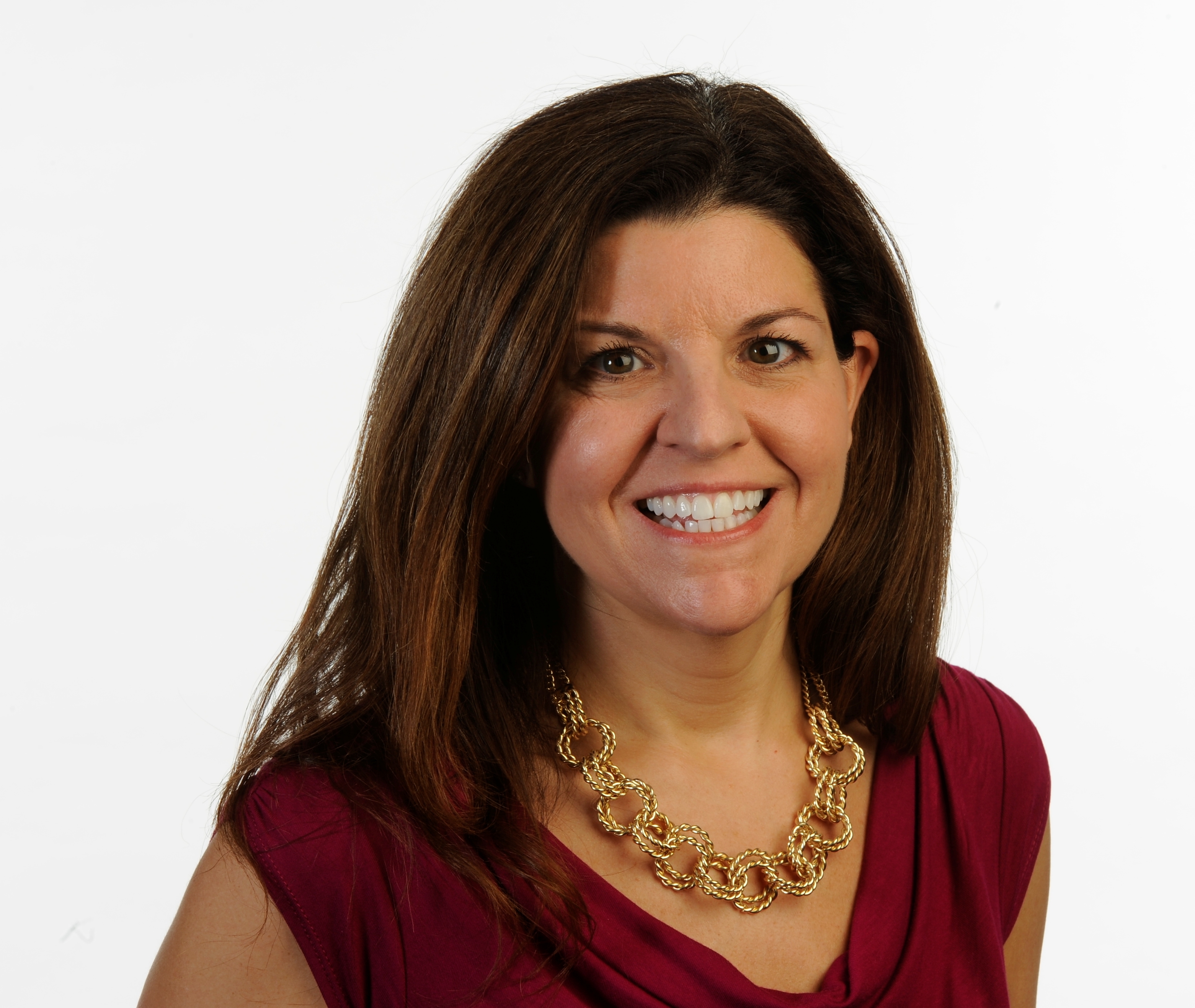How to Prepare to Start Paying Student Loans Again
The federal student loan payment pause is coming to an end in October.


If you’re among the millions of borrowers who took advantage of the hiatus on federal student loan payments, it’s time to tighten your belt. With the Supreme Court’s June decision to strike down President Joe Biden’s student loan forgiveness plan — which would have given qualifying borrowers up to $20,000 in federal student debt relief — and repayments beginning in October, you’ll need to make monthly payments again soon.
The thought of parting with that cash might evoke the same sense of dread you felt during your final exams in college. Yet, just as in those college days, the more you prepare, the better off you’ll be.
Get the facts straight on student loan payments
A lot has happened since loan payments and interest accrual were first suspended in early 2020: A pandemic swept the globe, a new U.S. president took office, and civilians went on the first trip to space without any professional astronauts. Much has likely happened in your personal life as well. Perhaps you moved, landed a new job or got married. Maybe all three.

Sign up for Kiplinger’s Free E-Newsletters
Profit and prosper with the best of expert advice on investing, taxes, retirement, personal finance and more - straight to your e-mail.
Profit and prosper with the best of expert advice - straight to your e-mail.
In the meantime, there’s a good chance you may not remember who your student loan servicer is or how much you owe. In addition, your home address, e-mail address and bank information may have changed. On top of that, you may have a new loan service provider or platform. More than 17 million accounts for federal student loans have been transferred, and more transfers — either to different servicers or different servicing technology platforms — are expected in the coming months, ultimately reaching more than 30 million accounts, according to a June report from the Consumer Financial Protection Bureau.
Start by logging in to your account at StudentAid.gov to review the list of all your federal loans and get details about them, such as the service provider’s name, how much you’ve paid, and your remaining balance. Make sure your contact information is correct so you’ll receive important notices. You should also go to your service provider’s website to review the financial information there and, if needed, update your personal data.
Listing accurate contact information is crucial, says Mark Kantrowitz, a student loan expert and author of How to Appeal for More College Financial Aid. “The repayment is going to restart regardless of whether you get those notices or not,” he says. “If you miss a payment or you’re late, you’ll be charged penalties, and the interest will accrue.”
If you can’t find answers to your questions online, call the Federal Student Aid Information Center (FSAIC) at 800-433-3243 or your loan provider for assistance. Congress didn’t approve a call-center-related funding request from the Department of Education, so hours of operation have been cut. Don’t procrastinate on making this call, or you may need to wait to get a live person on the line.
Reassess your budget to pay student loans
During the pause in payments, many borrowers used funds previously designated for student loans for other purposes. It’s now time to take a hard look at where your money is going and, if necessary, slash your expenses. Track your spending for a month and scrutinize those numbers, Kantrowitz recommends. Determine what is need-based, or mandatory, and what is want-based, or discretionary. Some of those discretionary purchases may have to go by the wayside so you can afford your loan repayment.
Make sure you’ve signed up to have payments transferred from your bank account to the loan servicer automatically. With automatic payments, not only are you less likely to be late with a payment, but you’ll also get a quarter of a percentage point interest rate reduction.
Review your student loan repayment options
The DoE offers several repayment options, each with its own nuances. They include the standard repayment plan, the graduated repayment plan and income-driven repayment plans (IDR). With IDRs, payments are based on your income.
Your loan servicer or a financial adviser can walk you through your choices and explain the pros and cons of each. The DoE’s loan simulator is also a useful tool. It will let you see the plans you might qualify for and help you estimate your monthly and total loan payments.
To protect against pay cuts, furloughs and unemployment, federal loan borrowers may want to consider an IDR plan, says Ross Riskin, chief learning officer at the Investments & Wealth Institute. You can adjust your monthly payments — to as little as zero if your income is low enough — without having to go through the arduous process of negotiating with a bank or lender, he says. Income-driven plans have additional benefits, such as potential loan forgiveness after 20 to 25 years of payments. However, you may also end up paying more in interest in the long run.
If you’re already enrolled in an IDR plan, compare your current income to what it was the last time you had to recertify, which was likely before the payment pause. If your income is lower now, submit income information to have the monthly payment amount adjusted downward, Riskin says.
As you explore repayment options, be wary of any offers to refinance, as the only way to refinance a federal loan is to take out a new private loan to pay off the existing student loan balance, Riskin says. Some private loans have variable interest rates, while federal student loans come with fixed rates. Although a private loan may have a lower rate, you’re likely to lose many of the benefits that come with federal loans, such as the potential for forgiveness or forbearance or the opportunity to use repayment plans based on your income. You’ll also lose the opportunity to obtain loan forgiveness under the Public Service Loan Forgiveness (PSLF) program.
The PSLF program is designed for those who work in public service in federal, state, tribal or local government or for a nonprofit organization. The program forgives the remaining balance on certain loan plans after you’ve made 120 qualifying monthly payments under a qualifying repayment plan while working full-time for an eligible employer. You can determine whether your employer qualifies for PSLF by typing in your organization’s name on the PSLF website.
Cushion the blow
In addition to PSLF, there are other ways an employer can help you foot your student loan bill. Under an updated provision in the Coronavirus Aid, Relief and Economic Security (CARES) Act, employers can provide annual educational assistance of up to $5,250 per employee to help repay qualifying student loans. The money is free from federal income taxes, too.
And starting in 2024, employers will be able to make matching contributions to retirement plans such as 401(k) and 403(b) accounts for employees who make qualified student loan payments of a certain amount on an annual basis.
You can also soften the economic blow by earning more money. It’s still a tight labor market, so now could be a good time to make your case for a raise. Just keep in mind that if you’re in an income-based student loan plan and make more money, your monthly loan payment may increase after you recertify your income.
Where to get help with student loans
If you have crunched the numbers and investigated ways to get additional cash but money is still tight, you still have options. Ask your loan provider whether you should consider unemployment deferment, economic hardship deferment or forbearance.
You must be out of work to qualify for unemployment deferment. You may qualify for economic hardship if you’re receiving federal or state public assistance, you’re a Peace Corps volunteer, you’re working full-time but earn the federal minimum wage or less, or you have income that’s less than or equal to 150% of the poverty line for your family size and state ($29,580 for a two-person household).
With forbearance, principal payments are postponed, but interest continues to accrue. You can pay the interest as it accrues or allow it to accrue and be added to your loan principal balance at the end of the forbearance period.
Both of the deferment options, as well as general forbearance, are available for up to three years, and you can use a combination of deferments and forbearance for up to nine years.
Repaying federal student loans may feel stressful, but ignoring your obligation will add even more angst to your life in the long term. If you don’t make payments, the loan will eventually go into default, which can have disastrous consequences. Your credit will be ruined, which will affect all other outstanding debts and make it hard to get any other loans. Worse, your wages can be garnished up to 15%, and if you’re still in default when you retire, your Social Security benefits can be offset up to 15%.
“Don’t take the ostrich approach,” says Kantrowitz. “If you ignore the problem, it just gets worse.”
Help for borrowers who fell behind
If you were one of the 7 million borrowers in default before the federal loan payment pause, there’s good news for you. A Department of Education program called the Fresh Start initiative will set your loan status as current on payments, restore your eligibility for federal student aid and remove the default from your credit history. Opting in to Fresh Start can have far-reaching positive effects. Your credit score could increase, enabling you to get lower interest rates on a variety of loans, from mortgages to car loans.
Note that Fresh Start has a time limit: You must make payment arrangements within one year of the end of the payment pause. To take advantage of the program, contact your loan holder or the DoE. For more information, you can also call the DoE’s Default Resolution Group at 800-621-3115. Keep in mind that if you don’t make payments after a year, the loans will go back into default.
Note: This item first appeared in Kiplinger's Personal Finance Magazine, a monthly, trustworthy source of advice and guidance. Subscribe to help you make more money and keep more of the money you make here.
Related Content
Get Kiplinger Today newsletter — free
Profit and prosper with the best of Kiplinger's advice on investing, taxes, retirement, personal finance and much more. Delivered daily. Enter your email in the box and click Sign Me Up.

Kiplinger contributor Laura Petrecca is a business journalist who has worked at major media organizations such as Gannett, News Corp, and Crain Communications. Prior to launching her own writing business, she held leadership roles such as USA Today’s New York City bureau chief, special projects editor, and business section editor.
In addition to Kiplinger, her writing has appeared in USA Today, Real Simple, Men’s Health, Prevention, Crain’s New York Business, Advertising Age, and AARP Bulletin. Laura also hosts livestream videos and has offered commentary on TV programs such as the Today show, Good Morning America, Inside Edition, Access Hollywood, and CNN.
She earned a master’s degree in journalism and a certificate in economics and business journalism from Columbia University and a bachelor's degree in journalism from the University of Maryland.
-
 6 Stunning Waterfront Homes for Sale Around the US
6 Stunning Waterfront Homes for Sale Around the USFrom private peninsulas to lakes, bayous and beyond, Kiplinger's "Listed" series brings you another selection of dream homes for sale on the waterfront.
By Charlotte Gorbold Published
-
 Six Reasons to Disinherit Someone and How to Do It
Six Reasons to Disinherit Someone and How to Do ItWhether you're navigating a second marriage, dealing with an estranged relative or leaving your assets to charity, there are reasons to disinherit someone. Here's how.
By Donna LeValley Published
-
 ABLE Account: A Savings Tool to Empower People With Disabilities
ABLE Account: A Savings Tool to Empower People With DisabilitiesAn ABLE account can improve quality of life for individuals with a disability — it permits tax-free saving for ongoing expenses without jeopardizing benefits.
By Ella Vincent Published
-
 20 Ways to Clean Up Your Finances This Spring
20 Ways to Clean Up Your Finances This SpringSpring cleaning is therapeutic and stops costly problems from building up around the home. Why not tackle the dusty corners of your finances at the same time?
By Lisa Gerstner Published
-
 Planning Summer Travel? Use These Strategies
Planning Summer Travel? Use These StrategiesTo save money on summer travel, book your tickets well ahead of time, use technology and avoid popular destinations.
By Sandra Block Published
-
 The 'Concerning Trends' in Retirement Now
The 'Concerning Trends' in Retirement NowAmericans are less satisfied with their life in retirement and cite inflation and higher healthcare costs as just two of the problems they're facing.
By Janet Bodnar Published
-
 Private Jets Are Within Reach for Wealthy Retirees
Private Jets Are Within Reach for Wealthy RetireesRealizing an adult fantasy like booking a private jet doesn’t come cheap. But so what?
By Yvette C. Hammett Published
-
 An Inventory of What We’ve Endured: After the Wildfires
An Inventory of What We’ve Endured: After the WildfiresA traumatic experience like the California wildfires reminds us of other losses we've endured. But simple tasks return us to the present and drive away despair.
By Bob Sipchen Published
-
 The Benefits of Sharing a Joint Bank Account With Your Parents
The Benefits of Sharing a Joint Bank Account With Your ParentsOpening a joint account provides a way to monitor an older person’s finances.
By Ella Vincent Published
-
 Grandparents: How Do You Handle Gifts for the Grandkids?
Grandparents: How Do You Handle Gifts for the Grandkids?Can you give generously to grandkids without spoiling them or resorting to digital gifts? Here's how one grandmother and her friends have done it.
By Janet Bodnar Published